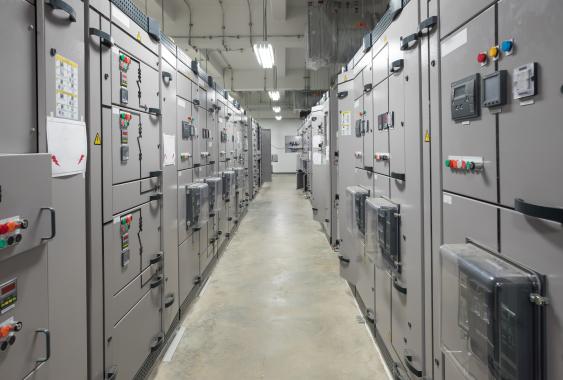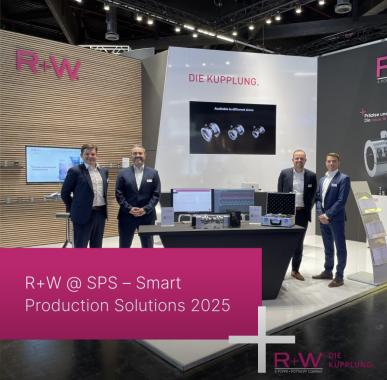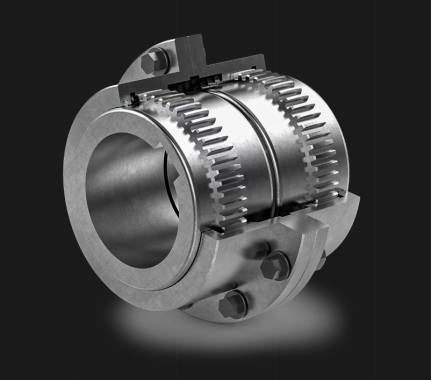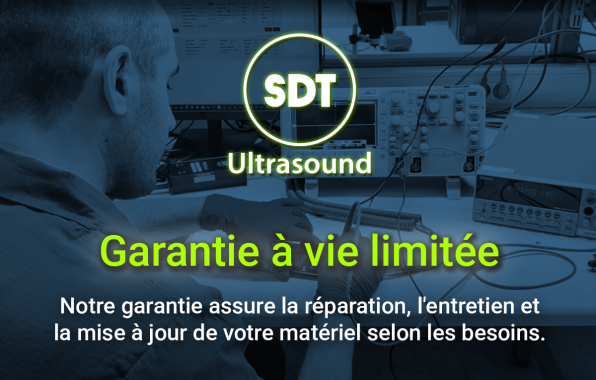Additive manufacturing: soon to be a must for manufacturers?
Additive manufacturing – also called 3D printing for its consumer applications – has seen its industrial use progress steadily over the past 15 years. Back on a basic trend with one of the French specialists in the subject, Jean-Daniel Penot, head of the Research and Innovation department of the CESI (Campus for higher education and vocational training) and administrator of the France Additive association .
What is the principle of additive manufacturing?
The term "additive manufacturing" refers to a set of technologies that operate according to the same process: starting from a digital model that is digitally sliced, before printing it by superimposing layers. On a normative level, there are 7 families, which cover different types of materials: mainly metals and polymers, but also composites, ceramics, concrete, etc. In practice, there is a great disparity between certain very advanced technologies and other more "low cost" ones. The size of the objects produced can also be very varied: from several tens of meters to a few millimeters.
How has the use of additive manufacturing by manufacturers evolved since the invention of the technology?
Additive manufacturing was invented in 1984 by French researchers. But it was in the United States that the technology developed rapidly until the 2000s, then exclusively in polymers. Its use was limited to the design of prototypes by a few industries. Then, metal additive manufacturing appeared in Germany. Since then, another fundamental trend has been the shift from a specific use consisting in creating prototypes towards the rise in power of the creation of functional finished products (tools, spare parts, etc.). Additive manufacturing has long been limited to sectors with very high added value: medical, space, aeronautics. For the past 7-8 years, we have seen a spread in a wider variety of industrial sectors, once a relevant use case has been found. In total, the global global market today remains limited in volume, around 12 to 13 billion dollars, but is experiencing continuous growth: systematically double-digit growth since the 2000s, with the exception of 2020. due to Covid.
Who are the leading players in this market?
In the polymers and plastics segment, American players such as Stratasys or 3D Systems have quickly occupied a strong market share which they have been able to retain. In metal manufacturing, the leaders are the Europeans, and in particular the Germans with EOS. For five years, large global groups, like General Electric or Hewlett-Packard, have positioned themselves on the market by carrying out acquisitions. France mainly has mid-size machine manufacturers, foremost among which are AddUp and Prodways.
What are the main industrial sectors to use additive manufacturing technologies? To produce what types of object?
Additive manufacturing is relevant when it brings added value, generally for the production of small series or parts with high added value. The current trend is clearly towards diversification. In metal parts, the leader is currently the medical sector, but there are also players in the aerospace, construction and automotive sectors – all Formula 1 cars, for example, incorporate around a hundred metal additive manufacturing parts. No one knows today when this dynamic will slow down.
What advantages do these actors derive from this process?
The first advantage of additive manufacturing is the design freedom it allows. Printing layer after layer creates the possibility of creating very complex shapes, which is a new realm of possibilities in terms of design. This also makes it possible to lighten the structures while maintaining very good resistance – a decisive advantage for space, for example. Another example: conformal cooling , i.e. the production of very complex cooling circuits, offering great latitude for cooling moulds. In addition, additive manufacturing offers the great advantage of reducing the assembly required: an aircraft engine injector can be produced in a single part, rather than requiring the assembly of 15 different parts. At stake ? Greater reliability, reduction in the number of suppliers and less inventory management.
What questions should an industrial player ask themselves before investing in this technology?
From the launch, a double analysis must be carried out: technical relevance and economic analysis. The challenge is to identify the right use cases, the relevant parts. And for that, skill is key. My advice would therefore be not to go it alone. Over the past 15 years, trailblazers have had their hands full, so you might as well benefit from their feedback. The France Additive association, which brings together the 150 main players in 3D printing in France, is for example a very good entry point. It is also possible to call on experienced consultants or service companies in France who have made their mark.
How do you see additive manufacturing evolving over the next few years?
In the short term, everything suggests that the diversification of sectors will continue, for ever more varied applications. We can also imagine the confirmation of a trend: the transition from the design of prototypes to those of parts used industrially. Moreover, while metal and polymers have historically constituted distinct technologies, we are seeing the arrival of technical, industrial polymers, which are increasingly robust and reliable. Similarly, in China and the United States in particular, additive manufacturing is increasingly used in construction, while it is increasingly being used to limit waste. In the longer term, we should see the gradual emergence of bio-printing in particular, or the impression of skin or living elements. Clearly, we are still very far from the saturation of possibilities: I am betting that the sector will continue its double-digit growth over the next few years!
Our other news
See allJoin the largest community of industrial suppliers
- Helping you with your ongoing technology watch
- Provide you with detailed supplier statistics
- Give you international visibility
Discover the largest catalogue of industrial products on the market
- To offer you the best catalogue of industrial products on the market
- To guarantee you a 100% secure platform
- Enable you to have live remote exchanges


 Français
Français 







